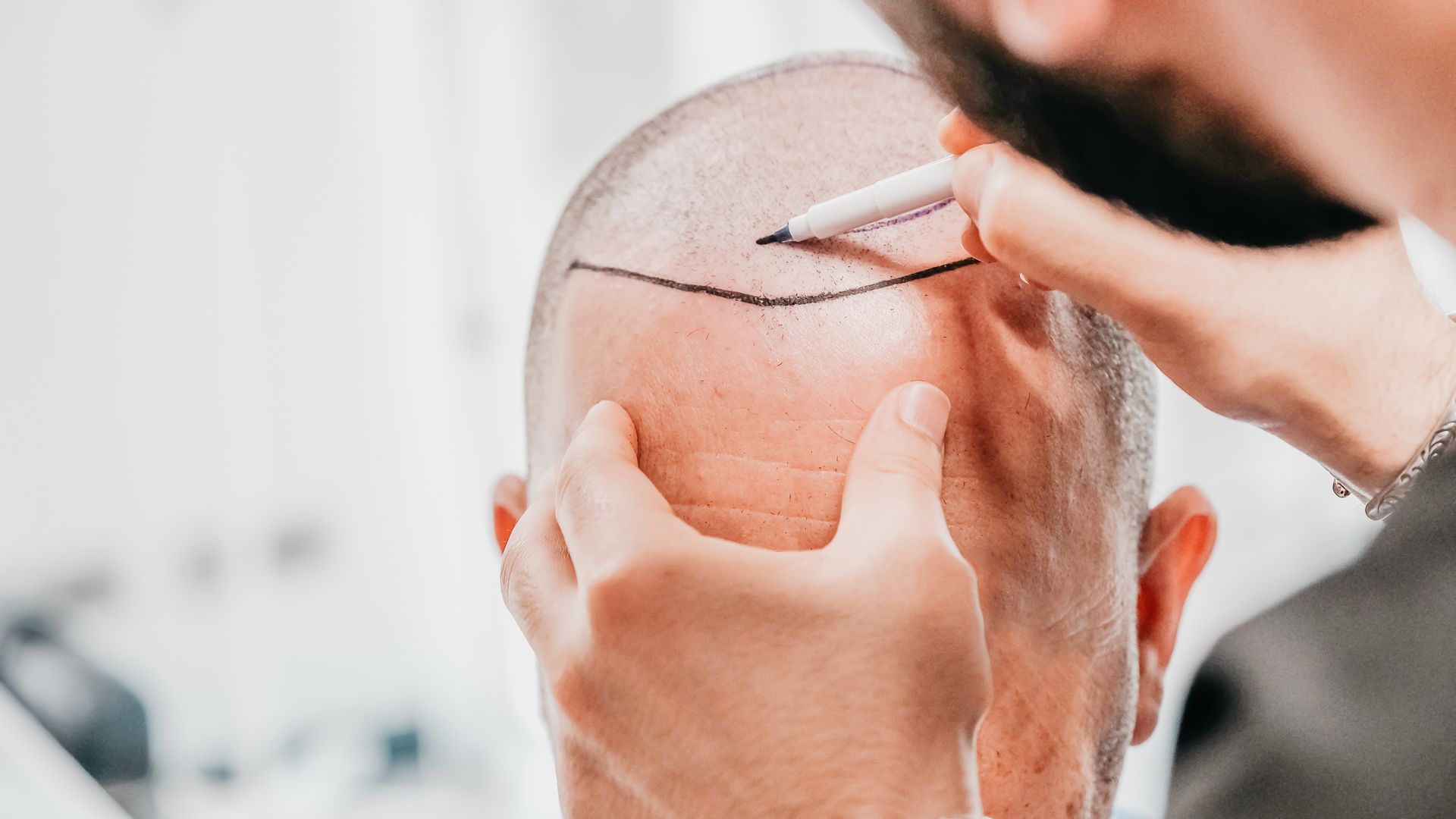Hair Transplant Surgery
Experience the transformative power of hair transplant surgery at our Forest Hills location, offering advanced solutions for hair loss. Schedule your consultation today to begin your journey to renewed confidence.
Restore Your Confidence with Natural Results
At Hairsthetics, our comprehensive hair transplant surgery leverages advanced techniques like Follicular Unit Extraction (FUE) to deliver natural, lasting results. This minimally invasive procedure involves transferring healthy hair follicles from a donor site to areas affected by hair loss. Ideal for those experiencing male or female pattern baldness and thinning hair, our personalized treatment plans ensure each patient receives optimal care.
With a focus on restoring hair
density effectively, our method results in minimal scarring and a swift recovery. Begin your transformation with us and rediscover confidence in your appearance.
frequently asked questions
Discover answers to common questions about our Hair Transplant Surgery services. For more detailed information or specific inquiries, please contact Hairsthetics directly. We're here to assist you!
What Our Clients Have To Say
Read the uplifting stories of those who regained confidence through our hair transplant services. Discover how we have transformed lives one testimonial at a time.


